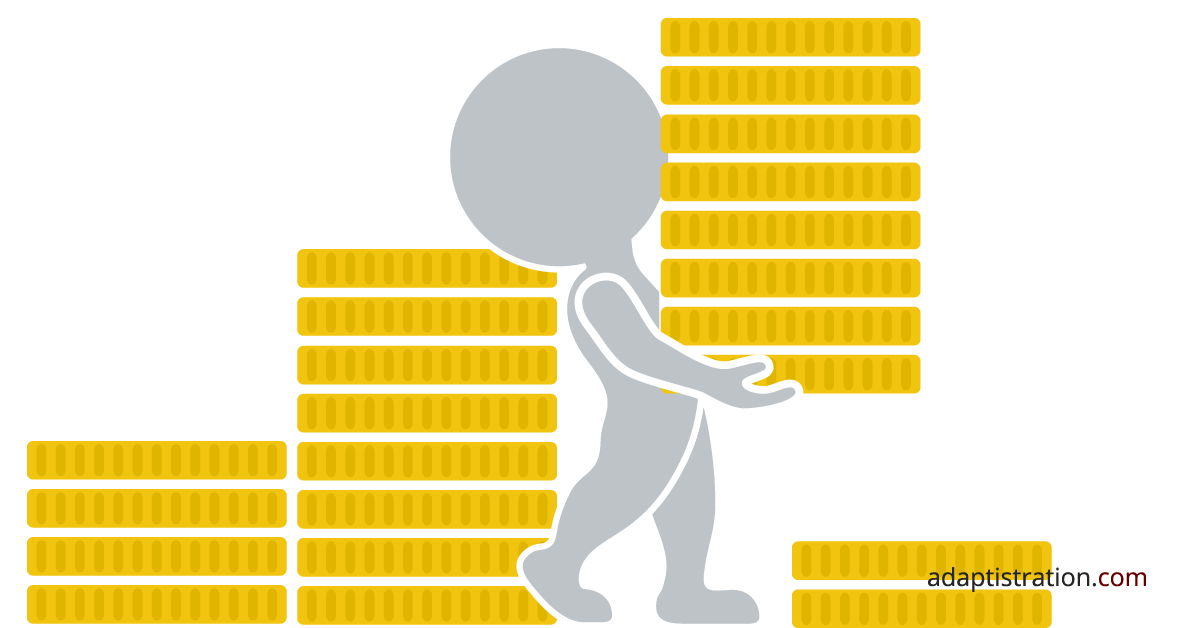H/T to Joe Patti for pointing out an opinion piece by Washington Post music critic, Michael Andor Brodeur, that may perhaps be best described with the headline “Perfectly Normal Change Upsets White Male.”
Having said that, he inadvertently touches on one of the very real problems with the way some arts organizations implement digital program books.
Far too often, arts orgs take a PDF copy of the print format layout and serves that up inside a webpage. Even when middleware platforms that provide a somewhat improved user interface are used, the PDF approach is an entirely inadequate solution.
I appreciate Patti’s take on this because he does what he always does best and applies a very practical perspective. In particular, he wonders about sponsorship content.
“…one factor I haven’t come up against yet or seen anyone else address is sponsor and advertiser receptiveness to the digital format. With the print format there was always dickering about placement of logos and sponsorship content – inside cover, back cover, center break, opposite title page, etc., Despite the jockeying that went on, those placements may ultimately not be as important to individuals and organizations as they seemed to be. But I wonder if the loss of some of those options may reduce the perceived value and end up reducing sponsorship and advertising revenue.”
There should be zero question when it comes to the added value a digital format offers to sponsorship opportunities. The ability to inject sponsorship content is limited only by how much priority you want them to have. When implemented properly, there’s nearly limitless ability to gather and deliver conversion metrics to those sponsors.
What better sales tool could you have than quantifiable return on investment?
While no one should expect the sophistication of something on the level of Google Ads, the field can certainly provide a better experience for digital programs than what currently exists. And just imagine the potential for targeted content and ads based on segmentation. Discuss.


